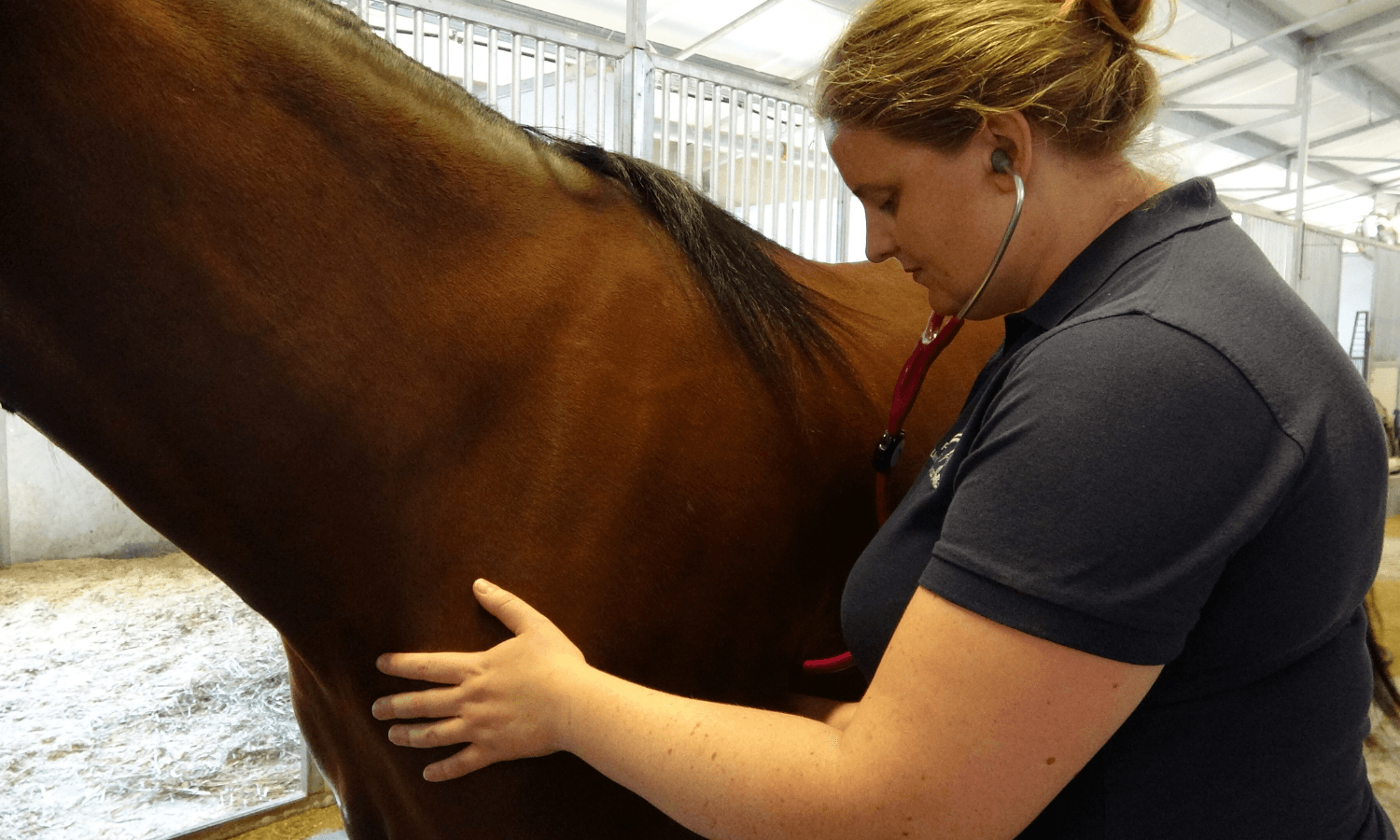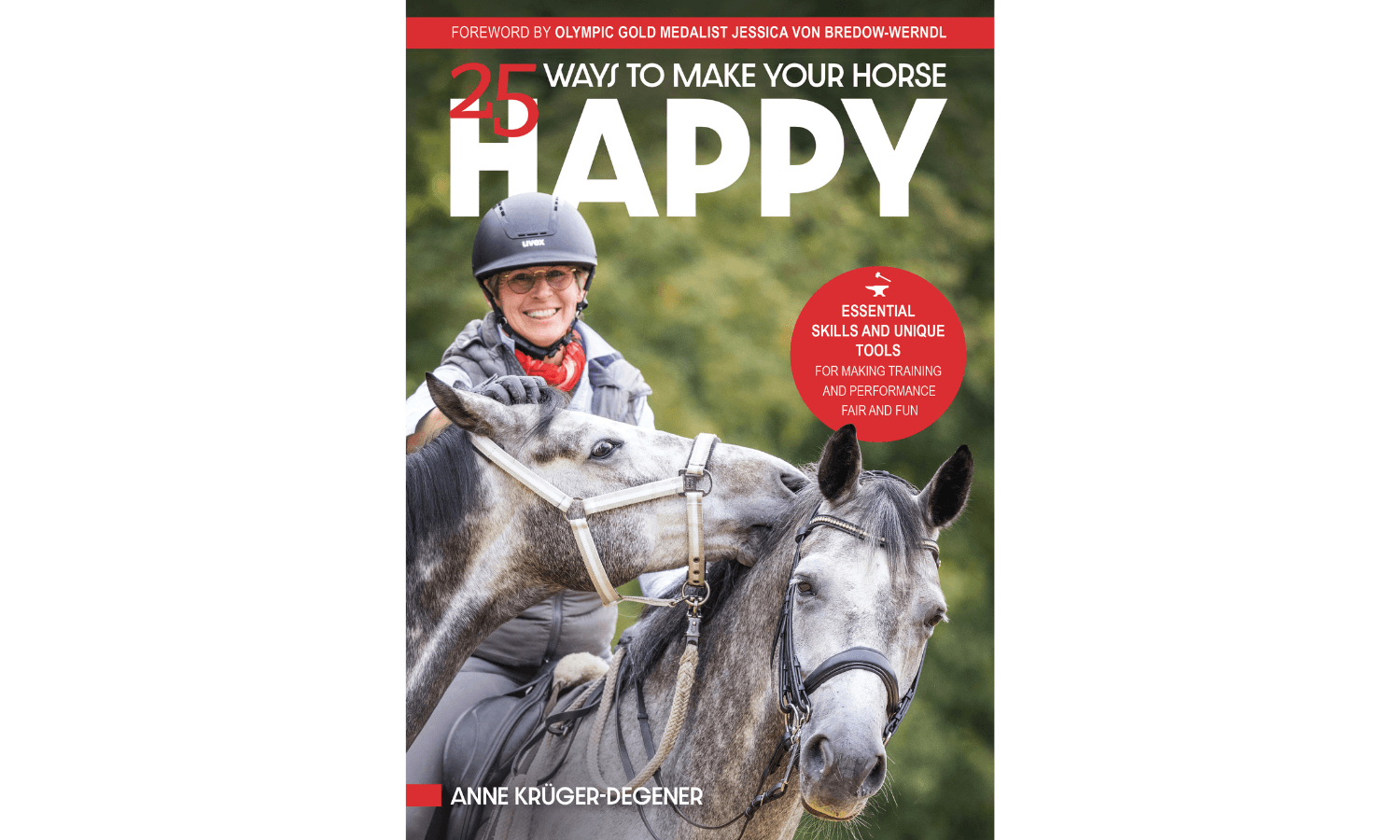Funding Approved by USEA Board of Governors for Equine Medical Research

Equine medical research has historically been underfunded. To address this underfunding, the Equine Medical Research Fund (EMRF) was created. Since 2014, United States Eventing Association (USEA) members have contributed a total of $284,052 one dollar at a time to the EMRF through their starter fees. An additional $22,700 was also donated by members through restricted donations.
For 2021, the Equine Medical Research Committee (EMRC) reviewed studies from both the Morris Animal Foundation and Grayson Jockey Research Foundation. Through the EMRC's partnership with these organizations, the EMRC maintains control over how the funds are distributed. The committee chose a philosophy of recommending a combination of studies that benefit the general horse population and the sport horse population.
The EMRC recommended that funding be allocated to three individual studies this year, in addition to recommending that the $15,000 which was idle in the Cardiovascular Study Fund be reallocated to the EMRF to support a Cardiovascular Study.
Due to COVID-19, the funds generated from 12/1/19-11/30/20 were down significantly totaling $28,000. With the use of $10,000 from the Cardiovascular Study funds, the EMRF totals $38,000. The EMRC proposed funding for the following studies, all of which were approved by the USEA Board of Governors (BOG) during the August 2021 Board of Governors meeting.
Equine Herpesvirus Infection of Horses: Identification of Cellular Biomarkers and Adhesion Molecules
Klaus Osterrieder | Freie Universität Berlin
Study Start Date: 10/1/2019 Projected End Date: 9/30/2021 Grant Amount: $48,577.06
SUMMARY: Researchers will study equine herpesvirus to better understand how the disease develops and spreads. This new information will help improve diagnostics and contain outbreaks.
DESCRIPTION: Equine herpesvirus 1 (EHV-1) infection causes respiratory distress, abortion and neurological disease. Despite efforts and vaccination programs to control EHV-1, outbreaks continue to be a major problem threatening horses and related species worldwide, including zebras and rhinoceroses. Researchers will study the first stages of EHV-1 infections to better understand how the virus induces disease using CRISPR technology, a cutting-edge gene editing tool, to verify their findings. New information from this study will help inform the development of better diagnostics and treatments as well as improve EHV-1 control measures.
The EMRC recommended $10,000 to support this study, which was approved by the USEA BOG.
Quantifying the Role of Neuromuscular Control in the Etiology and Clinical Signs of Equine Lameness
Lindsay St. George | University of Central Lancashire
Study Start Date: TBD Projected End Date: TBD Grant Amount: $101,695
SUMMARY: Researchers will quantify how horses adapt muscle function and limb and upper body movements to cope with lameness, providing a greater understanding of clinical signs that can guide assessment and earlier intervention.
DESCRIPTION: A lame horse attempts to relieve pain in the affected limb by redistributing its weight from the painful limb to non-lame or less lame limbs. This mechanism is assumed to require adaptations in muscle contraction and coordination, but these neuromuscular changes have yet to be measured. Researchers will use a noninvasive technique called surface electromyography (EMG) to measure and compare muscle function associated with resulting limb and upper body movements during normal equine locomotion and during unilateral forelimb and hindlimb lameness. Findings will provide a better understanding of the underlying role of muscles in producing gait abnormalities recognized as lameness. This information currently is a missing link in understanding the clinical signs of lameness and may lead to the development of state-of the-art tools to assist with clinical lameness assessment and earlier treatment.
The USEA BOG approved the EMRC's recommended allocation of $11,000 to support this study.
Predicting Exercising Arrhythmias with Resting ECGS
Molly McCue | University of Minnesota
Grant Amount: 2021: $72,796 | 2022: $46,681
Summary: We will use at rest ECGs to identify horses with irregular heart rhythms at exercise that can cause sudden cardiac death (SCD), allowing for increased monitoring and improved understanding of SCD.
Sudden cardiac death (SCD) is a major concern for the equine industry. The collapse and death of around 500 racehorses each year in front of crowds of people and potentially on national or international television has a devastating impact on the image of the racing industry. Not to mention, the damaging impact on the surrounding horses, jockey, trainer, groom, and owners. At this time, very little is known about the underlying causes of SCD in horses making it virtually impossible to reduce the rate of SCD. Reducing the rate of SCD in racehorses is of critical importance for the future success of racing in the United States, and across the world.
Identifying horses at increased risk of developing SCD is a key first step to determining why certain horses die on the track, which is critically important for reducing the rate of SCD in racehorses. We have already demonstrated that it is possible to identify horses with the most common irregular heart rhythm (paroxysmal atrial fibrillation) using computational analysis of resting ECGs at a normal rhythm. In this proposal, we will determine if it is possible to identify horses that develop other irregular heart rhythms at exercise that cause SCD, using computational analysis of at rest normal rhythm ECGs. If our hypothesis is true and we are able to identify horses using this technique, we will demonstrate that horses that develop irregular heart rhythms at exercise have underlying electrical abnormalities in their hearts that predispose them to developing these irregular rhythms. This will be the first evidence for underlying cardiac abnormalities in horses with exercise-associated irregular rhythms and will allow for easy identification of horses at increased risk of developing these irregular rhythms, and therefore SCD. This will allow for increased monitoring of these horses to identify additional risk factors for why certain horses go on to develop SCD, ultimately allowing for a reduction in the rate of SCD.
It was the recommendation of the EMRC that $17,000 be contributed to support this study, which was approved by the USEA BOG.
For an update on studies previously selected for funding by the USEA Equine Medical Research Committee, click here. To learn more about how the Equine Medical Research Fund got started, click here. For additional information about the Fund, click here.














